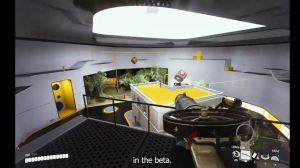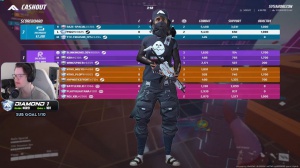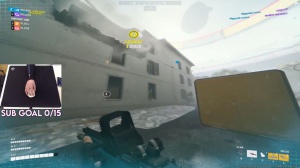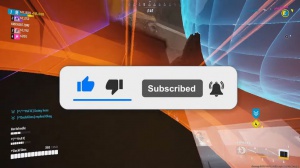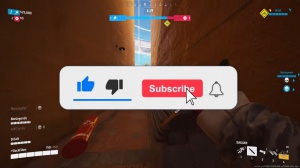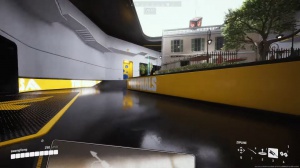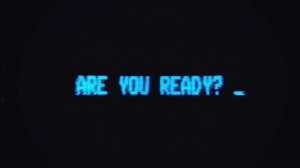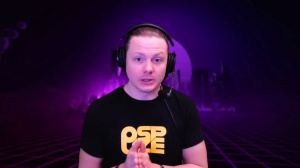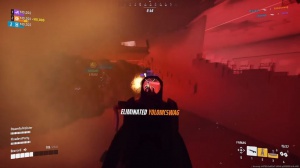The Finals: Increase Performance Settings Explained Depth
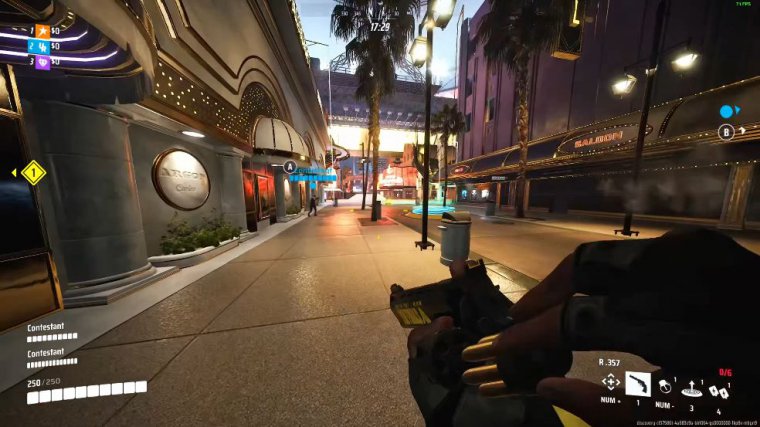
If you clicked on this article trying to optimize your FPS for the finals, well. I guarantee you you're going to find something in this article that you didn't know about before because I am kind of a self-proclaimed nerd when it comes down to settings. Before I load into any game anywhere in single-player multiplayer, it doesn't matter.
I always go through every single goddamn tab in the settings page no matter what, so I'm going to jump straight into the juicy bit. Get right into the article settings first. I'm going to go over the article settings, then I'm going to cover some other gameplay-related settings, and then also mouse and keyboard settings because I also had a couple people asking about my keybinds.
Speaking of which, thanks to PA Lang for recommending this article idea; however, I am sorry it took so long to get it out. Okay, here's the juicy bit if you want to maximize your FPS. In this game, or any game for that matter, you have to figure out where you're being botched and what part of your computer is holding you back.

It could be many things, from running the game on a hard drive, which you definitely should not be doing; it should be on an SSD, to not having enough RAM if you don't have that. I'm sorry, there's not really much you can do other than buy more RAM, or you can be What I'm going to be covering right now in this article is that you could be either CPU-bound or GPU-bound.
I'm not going to get into the nitty-gritty details of the CPU- and GPU-bound thing, but you do need to know which part of your computer is holding you back to figure out which settings you should tweak in order to get more FPS. So the best way to do this is actually, if you look over right here on the top right-hand side of your screen, you'll see that my GPU utilization is at 45 50%, which means I'm only using basically half of my GPU and getting 100 FPS.
Now, you might be wondering why it's only using half of my GPU; it should be using all of it and giving me 200 FPS, right? This essentially means that I am CPU-bound. There's another way you can check it if you go into the task manager and check your CPU utilization. Mine is always at 100%.
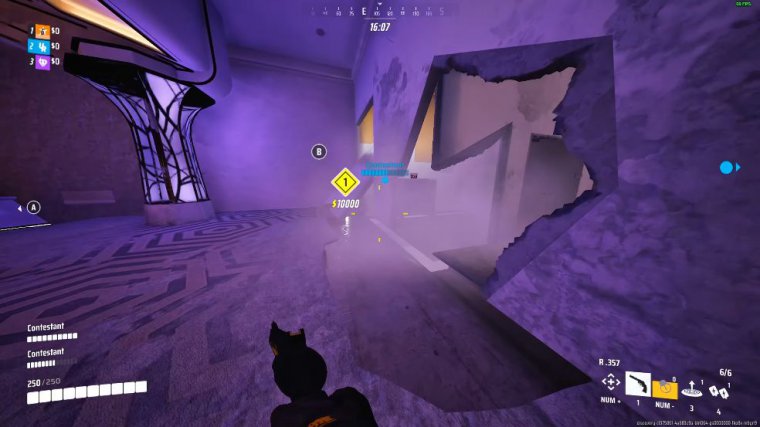
That means you can turn down the settings and boost your FPS, if you are CPU bound well there's not really much you can do not even lowering the resolution, will give you that big of an FPS boost because your CPU is at its theoretical limit so you could probably increase the settings the graphical settings and still play at the same FPS, that's the bright side downside you really can't get more FPS, so with dlss for example if you're low GPU utilization turning this all the way down to ultra performance isn't going to do anything look I'm playing at a terrible graphical setting, and still have basically the same FPS and now I'm on quality which looks so much better and still have the same FPS if you are at a high GPU utilization AKA your GPU bound you can definitely turn this down a couple notches lower your graphical settings a bit, and have a higher FPS, however I definitely do not recommend playing this any lower than balance especially on 1080p.
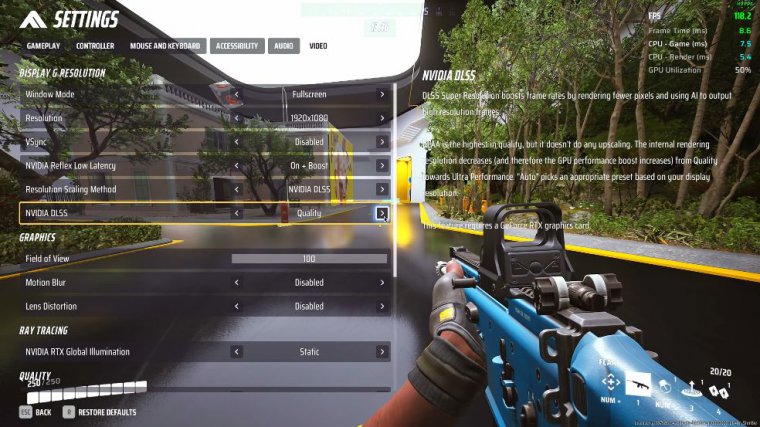
Anything lower than balance, the image quality just looks absolutely atrocious, especially when targets are moving at a long distance. It is really hard to see them move because the image starts blending, so the very lowest that I would recommend playing this at is balanced at 1080p. I should probably note it here.
Nvidia DLSS only works for RTX series cards, so if you don't have an RTX 20 series and above, unfortunately, you're not going to be able to use Nvidia DLSS. Also, this game is one of the very few games to support Intel's native resolution upscaling. Again, it does not look as good as either one of the two, but it's there as well, so the order in which I recommend using this is NVIDIA DLS, no lower than Balan.
For example, I always play at 100, even in games that allow you to go past 100. I don't usually pass 100 because the targets become very small. For example, in Call of Duty, if you put that at like 120 field of view, the targets are just super small, and I don't like that, so I keep it at 100 motion.
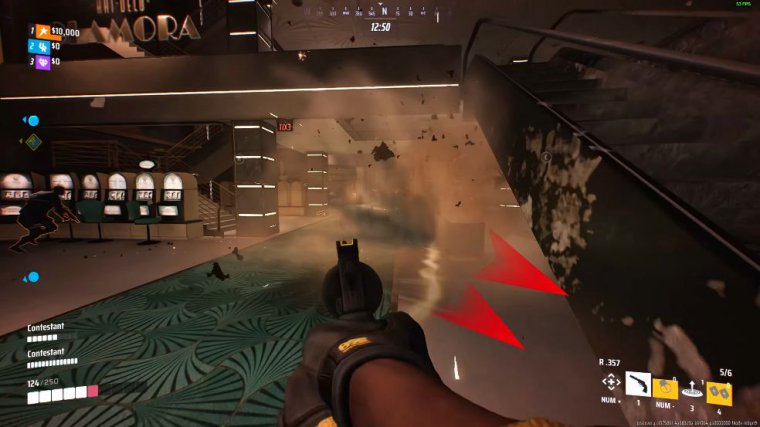
blur off the lens. Distortion This one's interesting, especially if you have a curved monitor. When I enable it, check out the corners, like right here, watching this straight line, for example. You see how it kind of bends out like that? That's lens distortion; it does a little adjustment towards the outside of your screen.
I always keep it off. I like to keep it just flat, so nothing just bends my vision. That way, when I see a target in my peripheral view, like way out on the side left and right. I don't see a false location of where I think he is, and muscle memory doesn't get messed up, so I just keep that off.
Nid RTX Global illumination: we are not playing a single-player game; we are not taking thumbnails for a YouTube article. We need the most FPS possible; keep that static now. When it comes to the rest of the settings here, remember that if you are CPU-bound, you can possibly raise some of these settings to get better image quality while still playing at the same frame rate.
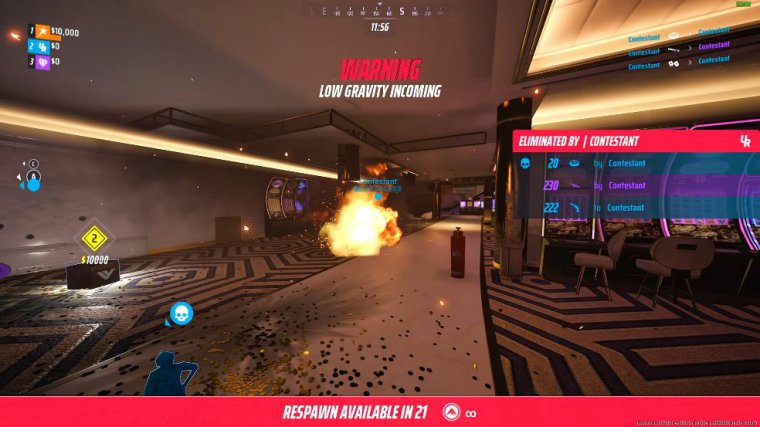
If you are GPU bound, lowering some of these could potentially give you a higher e, view distance This is the one I see people having misconceptions about all the time. Let me explain this once and for all and make it clear that this does not prevent targets from rendering in at a further distance.
Let me explain what it does. Watch this tree right here. All it does, all it does is set the distance from the character that objects will start rendering in at a higher level of detail; they call it LOD. So if you watch this tree right here, as I get closer to it, it's going to pop up. You see that is a higher level of detail than it was right back about here.
You see that it changes a lot the further back I go if I go in here and I increase the distance. For example, you see how the tree popped in, and now it pops out. You see, that's all it does. Okay, if you don't want objects in the environment popping in and out of your screen, if you look at here, look at this tree, and look at these things, the level of detail changes as I get closer and further away from them.
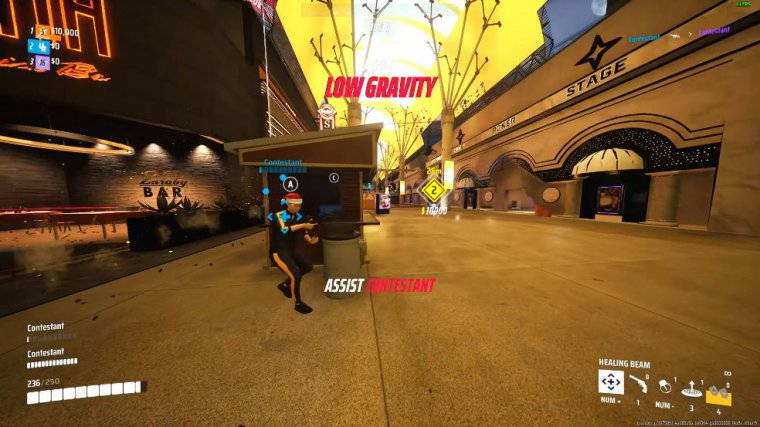
If you don't want to see that, you can increase it, but keep in mind that you do need a higher vram on your GPU and a little bit more regular physical RAM to support that because you're rendering in more objects at a time, so if you're running an old, {31} GPU like I used to have, you probably want to keep that low, but if you're running a decent, recent, decent GPU, it's totally fine to keep that at medium or high.




